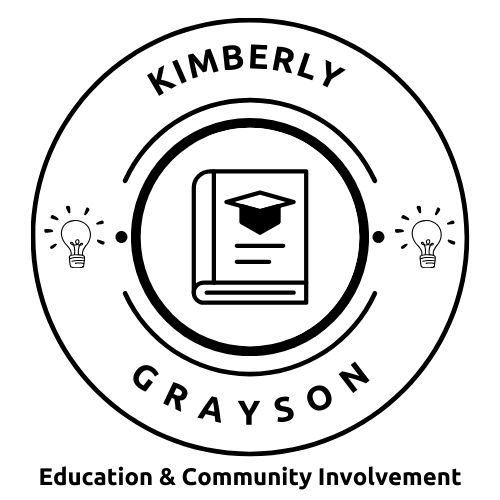Educational equity is the principle that every student should have access to the resources, support, and opportunities they need to succeed academically and reach their full potential. However, achieving educational equity requires addressing systemic barriers perpetuating disparities in access, achievement, and outcomes. In this blog, we’ll explore the concept of educational equity, examine the obstacles that hinder its realization, and discuss strategies for promoting equity in education.
Understanding Educational Equity
Educational equity goes beyond equality—it’s about ensuring fairness and justice in education by addressing disparities based on race, ethnicity, socioeconomic status, gender, ability, language, and other factors. It recognizes that different students have different needs and seeks to provide tailored support and resources to ensure all students have an equal opportunity to succeed.
Identifying Systemic Barriers
Despite progress in education reform, systemic barriers continue to hinder educational equity. These barriers may include:
Socioeconomic Disparities
Low-income students often face barriers such as inadequate funding, lack of access to high-quality teachers and resources, and limited opportunities for enrichment and extracurricular activities.
Racial and Ethnic Disparities
Students of color disproportionately experience disparities in access to educational opportunities, disciplinary practices, and academic achievement. Structural racism and implicit bias contribute to these disparities.
Language and Cultural Barriers
English language learners and students from non-English-speaking backgrounds face challenges accessing curriculum, instructional materials, and support services that meet their linguistic and cultural needs.
Ability and Disability
Students with disabilities may encounter barriers such as inaccessible facilities, lack of accommodations and support services, and stigma and discrimination that affect their educational experiences and outcomes.
Promoting Educational Equity
Achieving educational equity requires a concerted effort from educators, policymakers, parents, and communities. Here are some strategies for promoting equity in education:
Equity in Funding and Resources
Ensure equitable distribution of resources and funding to schools and districts, focusing on addressing underserved communities’ needs. Invest in high-quality teachers, facilities, instructional materials, technology, and support services.
Culturally Responsive Teaching
Implement culturally responsive teaching practices that recognize and value students’ diverse backgrounds, experiences, and perspectives. Incorporate diverse voices, perspectives, and experiences into the curriculum to promote inclusivity and cultural relevance.
Addressing Bias and Discrimination
Provide professional development and training for educators to recognize and address bias and discrimination in the classroom. Implement policies and practices that promote equity, diversity, and inclusion and create a safe and welcoming environment for all students.
Support for At-risk Students
Provide targeted support and interventions for at-risk students, including low-income students, students of color, English language learners, students with disabilities, and other marginalized groups. Offer academic support, mentoring, counseling, and wraparound services to address their unique needs and challenges.
Family and Community Engagement
Engage families and communities as partners in promoting educational equity. Provide opportunities for meaningful involvement in decision-making processes, parent education and support, and outreach to underserved communities to ensure that all voices are heard and valued.
Conclusion
Educational equity is essential for creating a more just and equitable society where all students have the opportunity to succeed. By addressing systemic barriers, promoting equity in funding and resources, implementing culturally responsive teaching practices, addressing bias and discrimination, supporting at-risk students, and engaging families and communities. Let us continue to advocate for policies and practices that promote fairness, justice, and opportunity in education.

